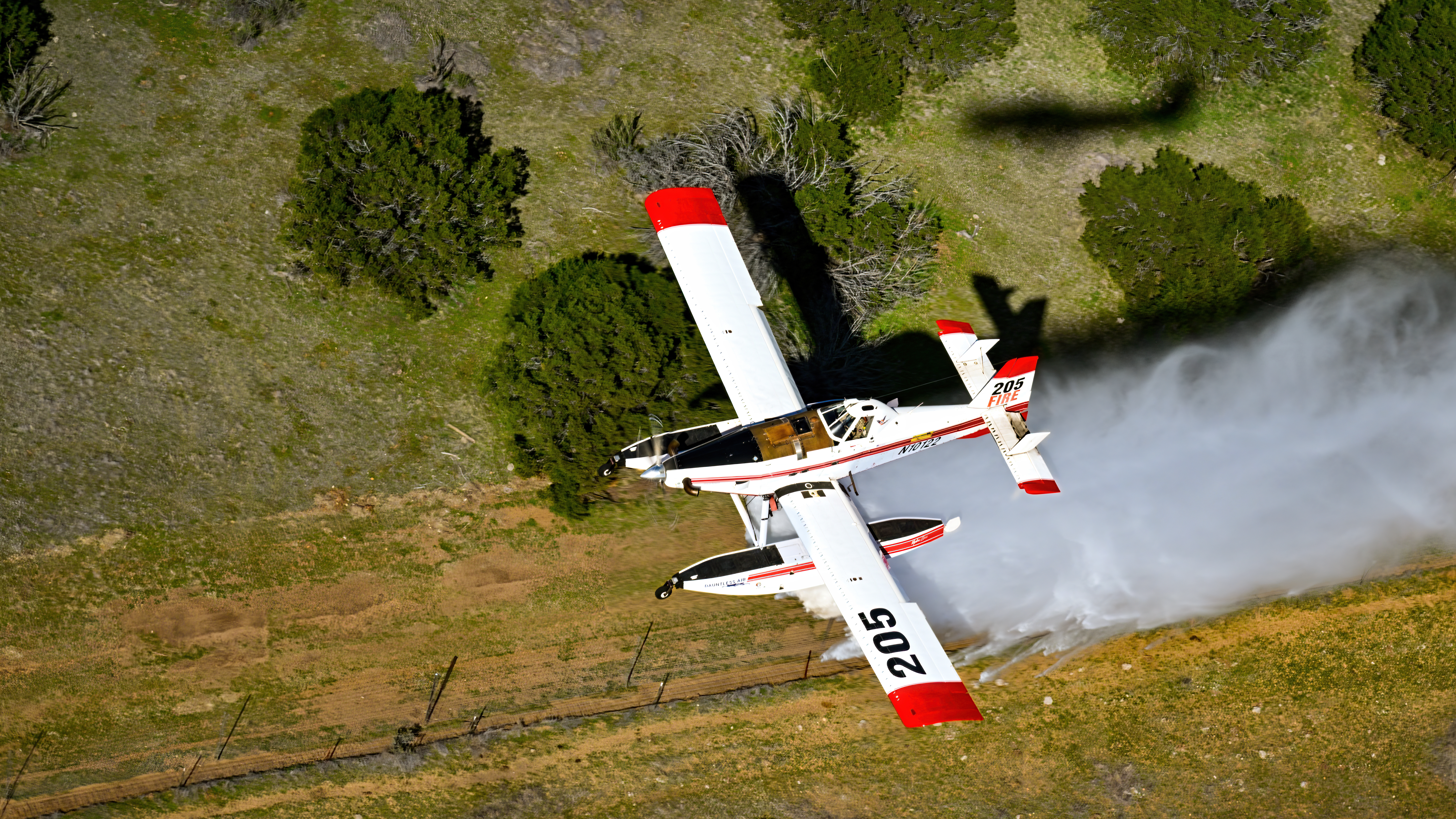Baker, Pelton trade ideas on preserving GA at Beaufort Fly-In
“We’re very excited about what AOPA is doing with regional fly-ins,” Pelton said. “The two associations are working hand in hand” to preserve the safety and accessibility of flying, he said. EAA chapters have been front and center at AOPA Regional Fly-Ins, assisting as volunteers, hosting pancake breakfasts, and more, he said.
“We’re stronger together,” Baker said. Both groups want to “make sure we think about our future, inspire young people, connect with airports, and connect with those currently in general aviation,” he said.
“We can fix this,” Baker said. He pointed to AOPA’s You Can Fly initiative, a package of programs aimed at getting pilots back into the air, encouraging best practices in flight training, and more. Rusty Pilots programs have reached 4,000 pilots under age 75 thus far. Fifteen hundred of those pilots are now actively flying. “It’s a small number,” Baker acknowledged, but it makes a difference.
Meanwhile, 16 new flying clubs have been created with assistance from AOPA’s Flying Clubs program. “That’s the way I believe we can keep people flying for $2,000 to $3,000 a year,” Baker said. AOPA will give away a Reimagined Cessna 150 to one start-up flying club in 2016.
AOPA’s recently announced high school aviation initiative will seek to address the shortage of pilots and aircraft mechanics by integrating aviation into high school science, technology, engineering, and mathematics curriculums, Baker said.
Baker and Jim Coon, AOPA senior vice president of government affairs and advocacy, brought the audience up to date on third class medical reform. The Senate has passed FAA reauthorization legislation that includes third class medical reform. The House bill includes language that would privatize the air traffic control system, which has stalled its progress, Coon said.
“We’ve tried to attach third class medical reform to anything that is moving,” he said. He said significant progress has been made. He acknowledged members’ frustration with the pace of third class medical reform, and said only a handful of congressional representatives are pilots. “It takes time to educate 425 members of Congress on issues affecting general aviation,” Coon said.
“We’re going to work this thing until we get it done, and we will get it done,” Coon added.
“We don’t have significant opposition anymore,” Baker said. “We just have bureaucracy at its worst.”
Both AOPA and EAA also are focusing on how to preserve and improve general aviation’s aging fleet.
“We want to have a serious conversation with the FAA on how to integrate” new technology into older aircraft panels, Baker said.
EAA and Dynon announced April 6 that they have obtained FAA approval of a supplemental type certificate to allow owners of certain Cessna and Piper models to install a non-technical standard order Dynon EFIS D10A as an attitude indicator replacement.
“The FAA has been very helpful,” Baker said. “They see the same thing” the associations see—that modern equipment will provide safety benefits at a lower cost, he said.




